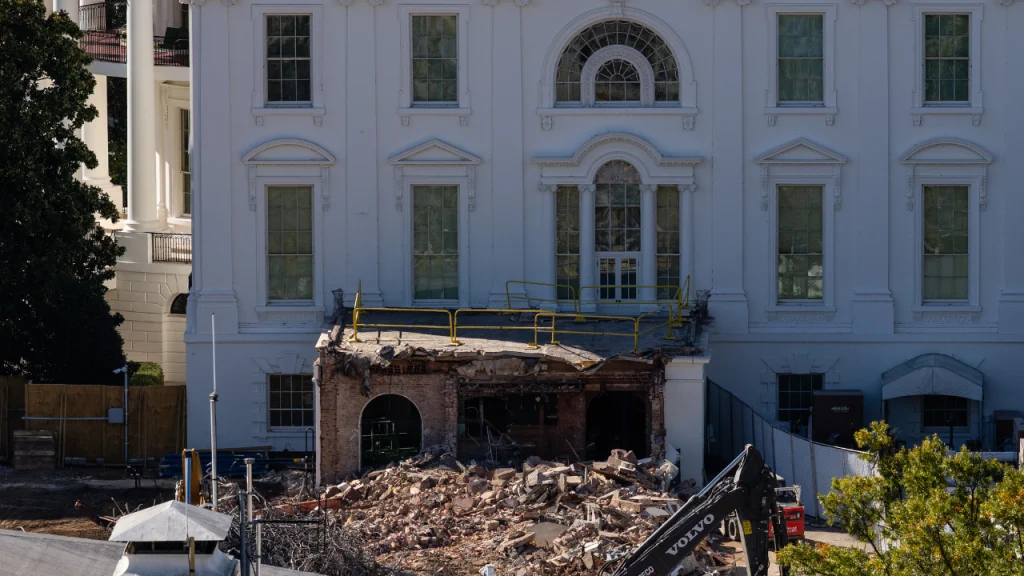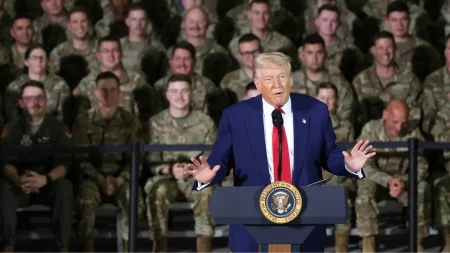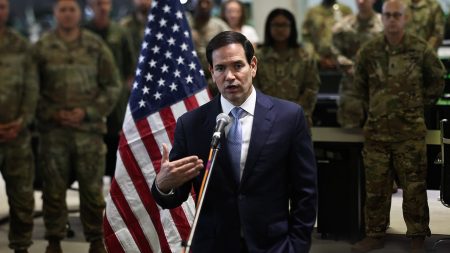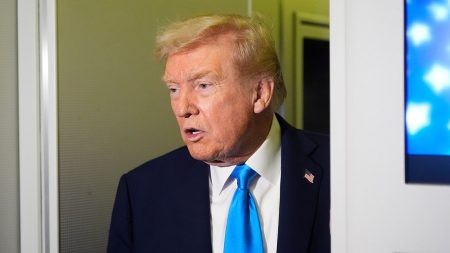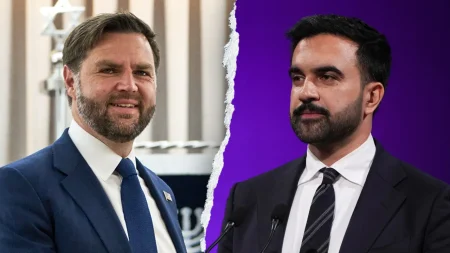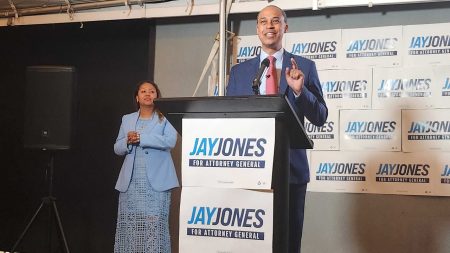The White House Ballroom Project: Tradition Meets Transformation
In a significant architectural shift on America’s most iconic grounds, a new formal ballroom is rising where the East Wing once stood at the White House. This $250 million project, funded by President Trump and private donors, aims to address a surprising historical gap – despite hosting countless ceremonial events throughout its history, the White House has never had a dedicated ballroom. The construction represents more than just an addition; it has become a symbolic canvas upon which debates about presidential legacy and the stewardship of national landmarks are being projected. As the walls go up, so too does public interest in how this space will reflect both our national identity and the current administration’s vision for White House functions.
The practical need for such a space becomes apparent when considering the current limitations of hosting major diplomatic events at the Executive Mansion. As White House press secretary Karoline Leavitt explained during a July briefing, the administration currently must erect “large and unsightly” temporary tents about 100 yards from the main building whenever hosting significant gatherings honoring foreign dignitaries. This makeshift solution has long been seen as an inadequate representation of American hospitality on the world stage. The new 90,000-square-foot ballroom promises to accommodate approximately 650 seated guests while maintaining architectural harmony with the historical aesthetics of the White House – described officially as staying “true to the classical design” that Americans recognize and revere. The administration characterizes this substantial addition as “much-needed and exquisite.”
The financing structure of this quarter-billion dollar project raises questions about transparency and influence. While the White House has pledged to release detailed information about the individuals and corporations contributing to the ballroom’s construction, a comprehensive breakdown of these private donations has not yet been made public. This public-private funding approach represents an unusual model for White House renovations, which have traditionally been funded through congressional appropriations with clear oversight mechanisms. The significant personal financial contribution from President Trump himself adds another distinctive element to the project, blurring lines between presidential legacy-building and personal investment in what remains fundamentally public property. These funding considerations have contributed to the project becoming what some observers describe as a “political lightning rod.”
The decision to replace the East Wing entirely rather than build elsewhere on the grounds represents a bold architectural statement and a departure from the typically incremental approach to changes at the White House. The East Wing, while less famous than its western counterpart, has its own rich history as the home of the First Lady’s offices and as a reception space for smaller gatherings. Its replacement signals a prioritization of grand-scale entertaining capabilities over preservation of this particular element of the historic complex. Architectural and preservation experts will be closely watching how the transition between old and new is managed, and whether elements of the East Wing’s heritage are incorporated into the new design or documented for historical purposes. The scale of the new ballroom – 90,000 square feet – indicates that this will be a dominant new feature of the White House grounds, not merely an ancillary space.
The ballroom project continues a pattern of President Trump’s interest in leaving a tangible mark on the White House, a tendency referenced in the headline “From the Gilded Oval Office to a New Monument.” During his first term, Trump oversaw a renovation of the Oval Office that included his personal preferences in décor, and this much larger construction project suggests a desire to create lasting physical changes to the presidential complex. While presidents throughout history have made modifications to the White House – from Thomas Jefferson’s addition of the East and West Wings to Franklin Roosevelt’s construction of the modern Oval Office – the scale and personal involvement in this project distinguish it from most historical precedents. The ballroom construction represents perhaps the most significant structural change to the White House complex in decades, ensuring that regardless of future electoral outcomes, this administration will have permanently altered America’s most famous residence.
As construction progresses, the project invites Americans to reflect on what the White House represents as both a working government building and a symbol of national identity. The ballroom will undoubtedly serve practical diplomatic purposes, potentially enhancing America’s ability to host world leaders with appropriate grandeur. Yet it also raises questions about how we balance innovation with preservation at historic sites, how presidential priorities shape our national landmarks, and who ultimately has the authority to remake such symbolically important spaces. As images of construction circulate and debate continues, the White House ballroom project becomes not just about a room for dancing and dining, but about our collective understanding of presidential power, historical stewardship, and what it means to leave one’s mark on the house that belongs, ultimately, to all Americans.





